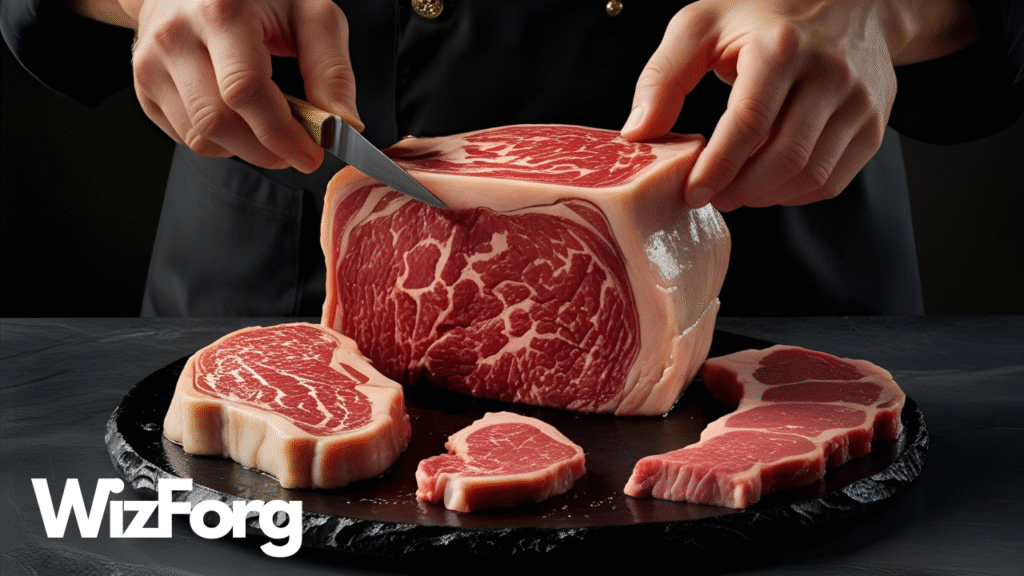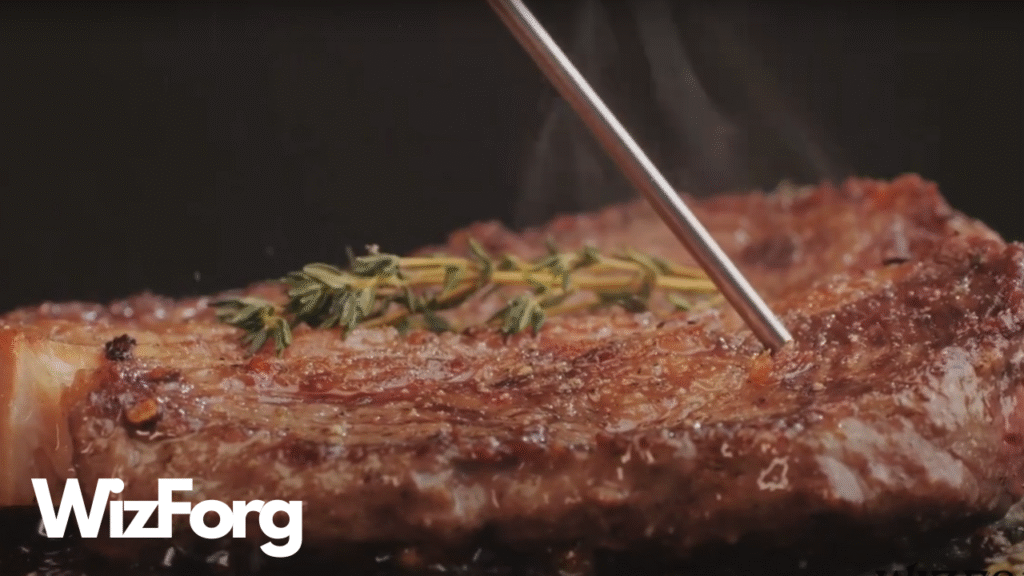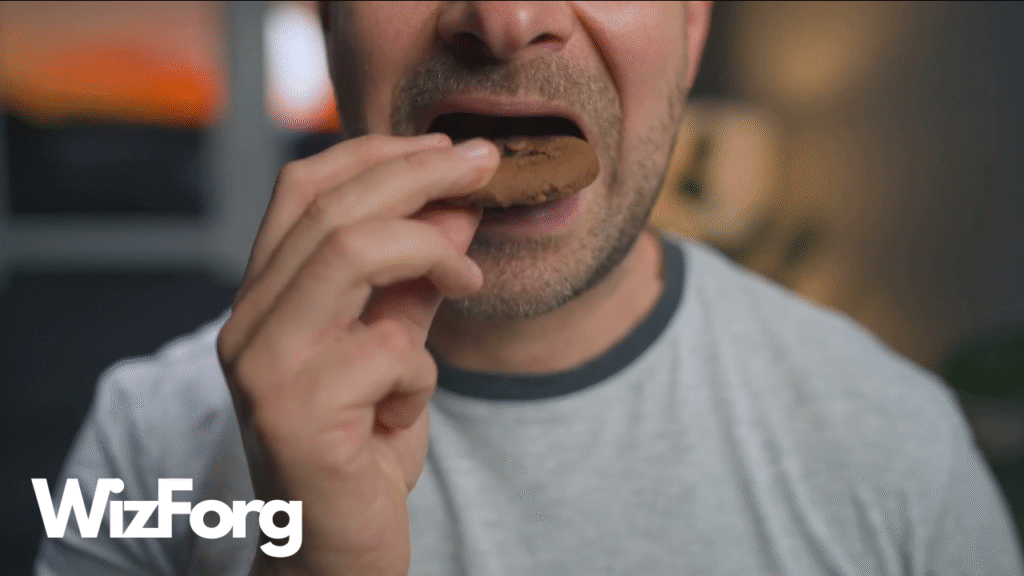Wagyu beef has become synonymous with luxury, often commanding prices that rival fine jewelry. But beyond the prestige and presentation, there’s a scientific reason why this Japanese beef delivers an unforgettable melt-in-your-mouth experience. It’s not hype. It’s biology, genetics, and time-honored technique.
It Starts with the Marbling
What makes Wagyu truly unique is its intense marbling of the intricate web of fat that runs through the muscle. Unlike other types of beef, Wagyu has a higher percentage of intramuscular fat, especially monounsaturated fats. These fats have a lower melting point than saturated fats, which means the beef begins to soften as soon as it hits your mouth or even your hands.
Fat That Melts Below Body Temperature
The secret lies in Wagyu’s fat composition. The fat in high-grade Wagyu melts at around 77°F (25°C), well below human body temperature. This is why it melts on your tongue. That sensation isn’t just a luxury. It’s science in action.
Compare this to regular beef, which contains more saturated fat and has a higher melting point. The result? A chewier, more traditional steak texture.
Genetics Do the Heavy Lifting
The breeds used for authentic Wagyu, particularly the Tajima strain of Japanese Black cattle, are genetically predisposed to produce finer, evenly distributed fat. This unique trait has been meticulously preserved and perfected over generations, making it nearly impossible to replicate with other cattle breeds. It’s a testament to the intricate process of creating Wagyu’s unique texture, and it’s something to be truly appreciated.
While some countries raise “Wagyu-style” beef using crossbreeds, the exact texture and flavor of authentic Japanese Wagyu remains unmatched due to these unique genetics.
Stress-Free Life = Tender Meat
Wagyu cattle aren’t just special in genetics. They’re pampered. From carefully controlled diets to low-stress environments, these cows are raised slowly over three years (versus 18 months for typical cattle). Less stress means less cortisol, which helps preserve the tenderness of the meat.
Some farmers even massage the cows or play soothing music, not for the novelty but because calm animals develop softer muscle fibers, enhancing the eating experience.
It’s Not Just Texture It’s Flavor Too
The fat in Wagyu doesn’t just create melt—it carries flavor. The marbled fat renders and bastes the meat internally as it cooks, releasing umami-rich compounds that elevate each bite. The combination of fat content, amino acids, and precise aging techniques gives Wagyu its savory depth and almost buttery finish.
The Grading Reflects the Science
Japan’s beef grading system meticulously evaluates marbling, color, texture, and fat quality. The highest grade, A5, with BMS 12, represents a near-perfect balance of science and tradition. Only a select few Wagyu beef can reach this level, which is why it’s so rare and commands such high prices. It’s a testament to the value and exclusivity of A5 grade Wagyu.
Conclusion
Wagyu’s legendary texture isn’t just a result of indulgence. It’s a product of breeding, biology, and generations of craft. The next time you savor that silky, buttery slice, know that behind the bite is a fascinating blend of science and tradition.
Want more bite-sized breakdowns of iconic foods and what makes them special?
Visit wizforg.com for more articles like this, and subscribe to our YouTube channel for even deeper dives.



